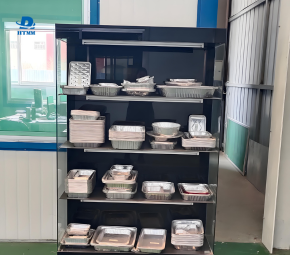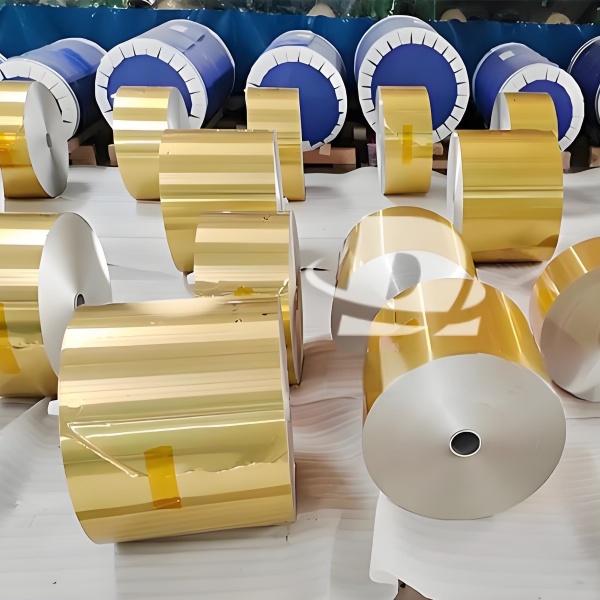The food container used on the aircraft is mostly made of 8011 aluminum foil. The aluminum foil is used as a raw material for its performance. HTMM produces a flat aluminum foil with a clean surface, uniform color, no spots, no pinholes, and excellent moisture resistance. Shading and barrier properties; non-toxic and tasteless, safe and hygienic.
Why are the lunch boxes on the plane mostly made of 8011 aluminum foil? Instead of plastic material? The main reason is that general plastic products cannot be used for high temperature heating. For example, plastic products may migrate out of toxic substances when heated. So is ceramics with Chinese characteristics not a better choice? Indeed, ceramics can be heated at high temperatures, and the appearance is elegant and feels good. Business class and first class tableware are all kinds of ceramics. However, the cost of various types of ceramics is extremely high, and it is impossible to use them at one time. The cleaning cost is extremely high, and the ceramics products are heavy, which will increase the aircraft fuel.
Secondly, the aluminum foil as a safe, hygienic and environmentally friendly material, and as a packaging material, its important feature is excellent barrier performance, which can effectively block air, water and light, thereby maintaining or prolonging the shelf life and freshness of the food. The air lunch box aluminum foil is generally formed by 8011 aluminum foil or 3003 aluminum foil alloy aluminum foil through one-time stamping and punching. The product has a certain hardness, the product price is moderate, and it is disposable, and the aluminum foil is a kind of recyclable. Environmentally friendly materials for infinite recycling. The heat transfer performance of the aluminum foil is good, just to meet the short-range and fast heating requirements.
The thickness of the aluminum foil of the lunch box is generally between 0.03mm-0.20mm, the width is generally between 100-1000mm, and the alloy has 8011 aluminum foil and 3003 aluminum foil.





